

CarExpert.com.au
The CarExpert team's favourite cars of 2025
18 Hours Ago

News Editor
The i30 Sedan isn’t the only member of Hyundai’s small car family to be going under the knife.
Spy photos taken overseas show a Hyundai i30 Hatch wearing camouflage on its front and rear ends, as well as some disguise inside the cabin, suggesting changes are afoot.
It’s unclear just what changes are being made. The spied model is wearing the same headlights as the current generation, with their distinctive arrow-shaped LED daytime running lights, as the current European-market i30 N Line which is built in the Czech Republic.
These headlights also appear on the Australian-market i30 N, which also comes out of Czechia. Our core hatchback range wears different front-end styling and is sourced from South Korea, even though the model is no longer sold there.
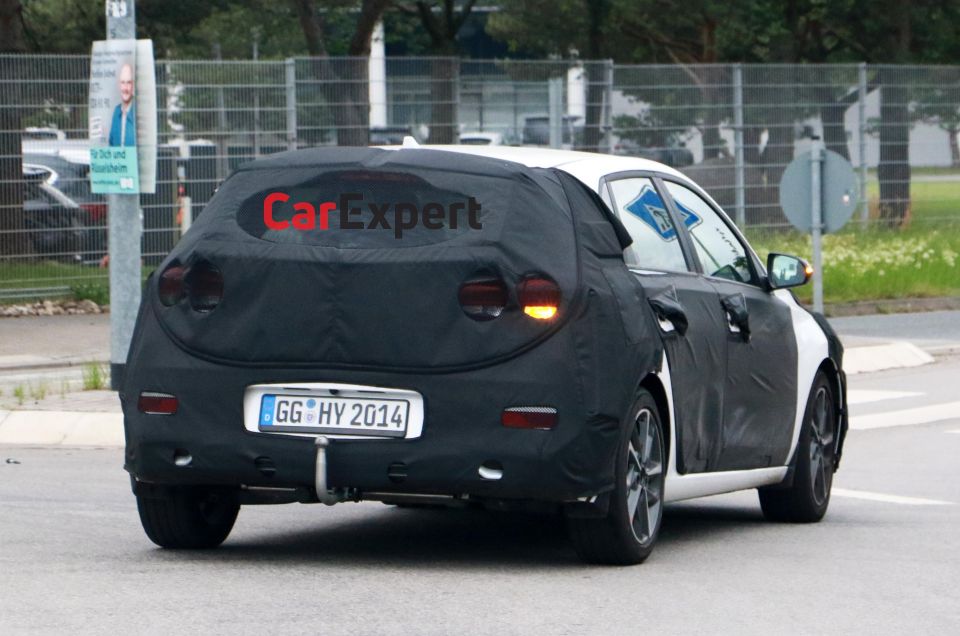
Hyundai Australia recently indicated it plans to continue offering its popular small car in Australia even if it means sourcing it from a different factory.
The company’s product planning and development manager, Tim Rodgers, told CarExpert in March the i30 Hatch has a secure future here, but stopped short of saying what that will look like.
“There’s a future for i30 for us. We will be able to comment more on it soon,” Mr Rodgers said.
“What that looks like I can’t speak too specifically right now, but [the situation] is complicated.”
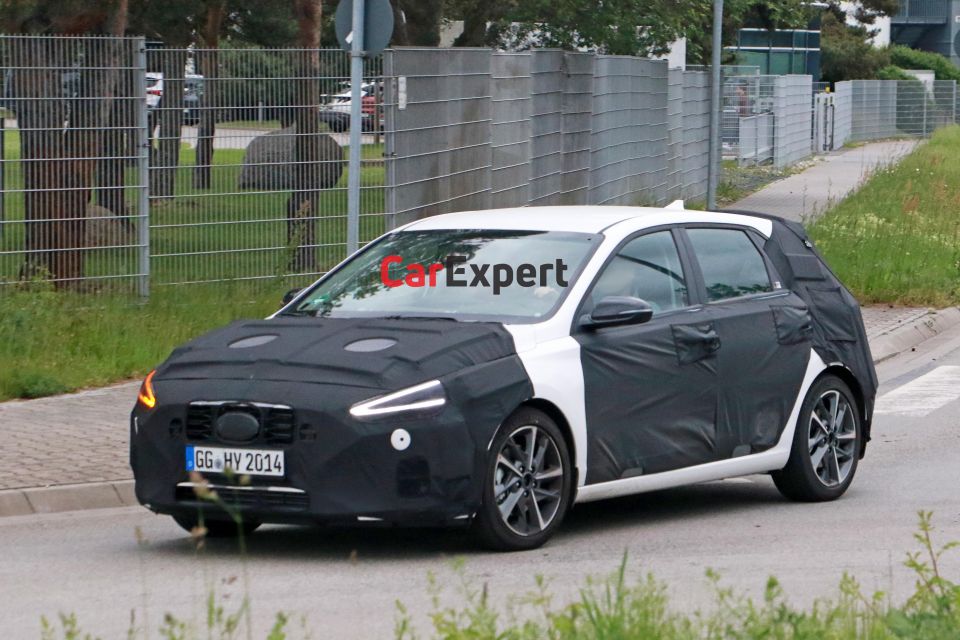
“We’re working with the factories right now to resolve the situation, and we’ll have more to say soon,” Mr Rodgers added.
When asked as to whether regular versions of the i30 Hatch could end up being sourced from the same European factory as the N hot hatch, Mr Rodgers said “all options are on the table – theoretically we could”.
“We’ve already got that shipping line open and that factory knows how to make right-hand drive, so that’s always an option for us,” he said.
Should local models shift from Korean to European production, it’s unclear how that would affect the range offering as well as pricing, given the vehicle would then be subject to import tariffs.
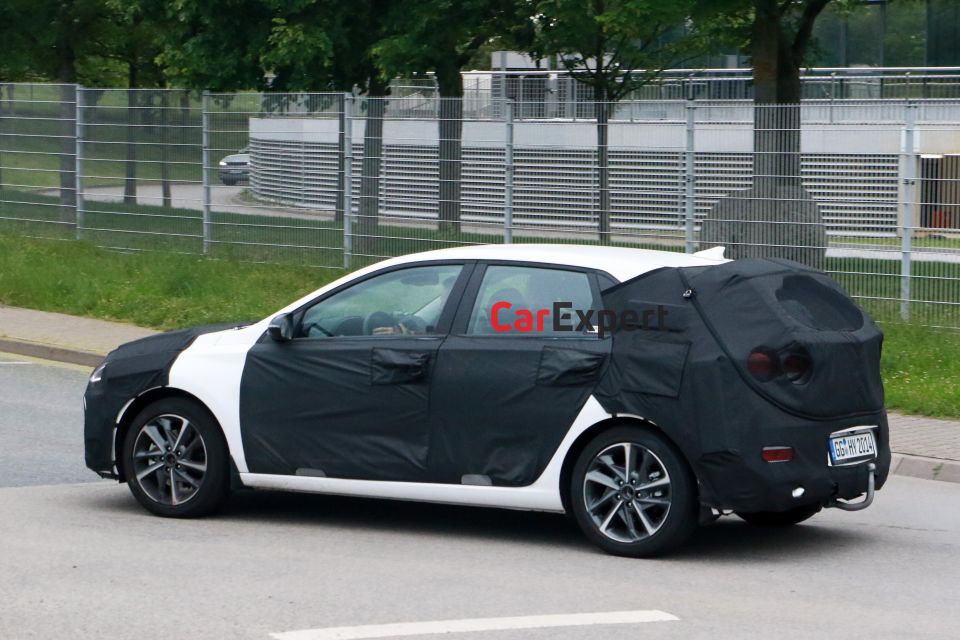
It also could completely shake up the powertrain line-up, as the European range is offered with a pair of small turbocharged mild-hybrid engines.
Entry versions of the i30 Hatch in Europe are powered by an 88kW/172Nm 1.0-litre turbo three-cylinder petrol engine with 48V mild-hybrid assistance, while N Line models get a 117kW/253Nm 1.5-litre turbocharged four-pot, likewise with a 48V mild-hybrid system.
Both six-speed manual and seven-speed DCT options are available, with WLTP fuel consumption rated at 5.2-5.4L per 100km for the 1.0T and 6.1-6.3L per 100km for the 1.5T.
In contrast, the core i30 range in Australia is offered with a 120kW/203Nm atmo 2.0-litre four or 150kW/265Nm turbo 1.6-litre four.
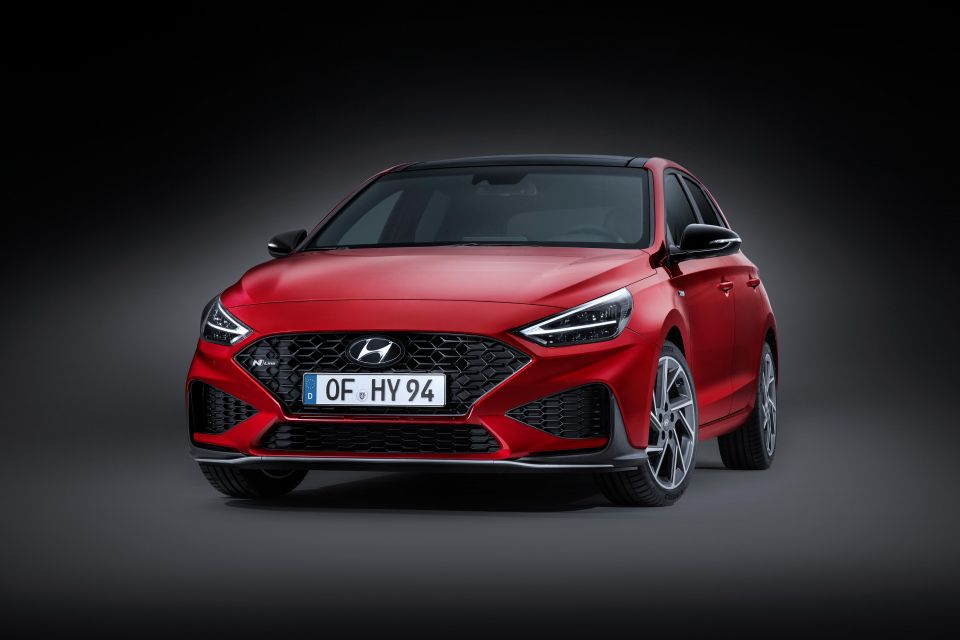
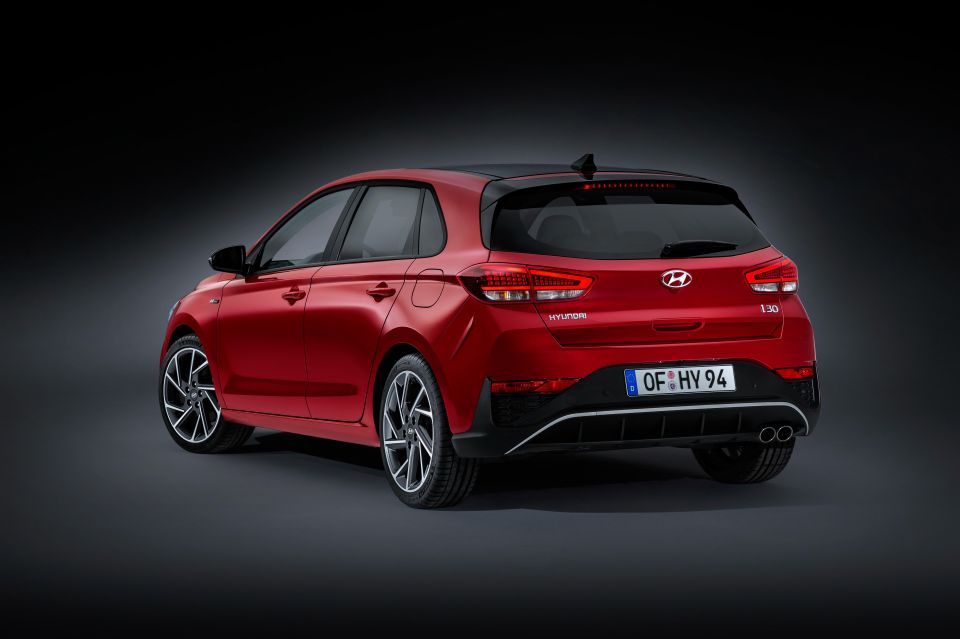
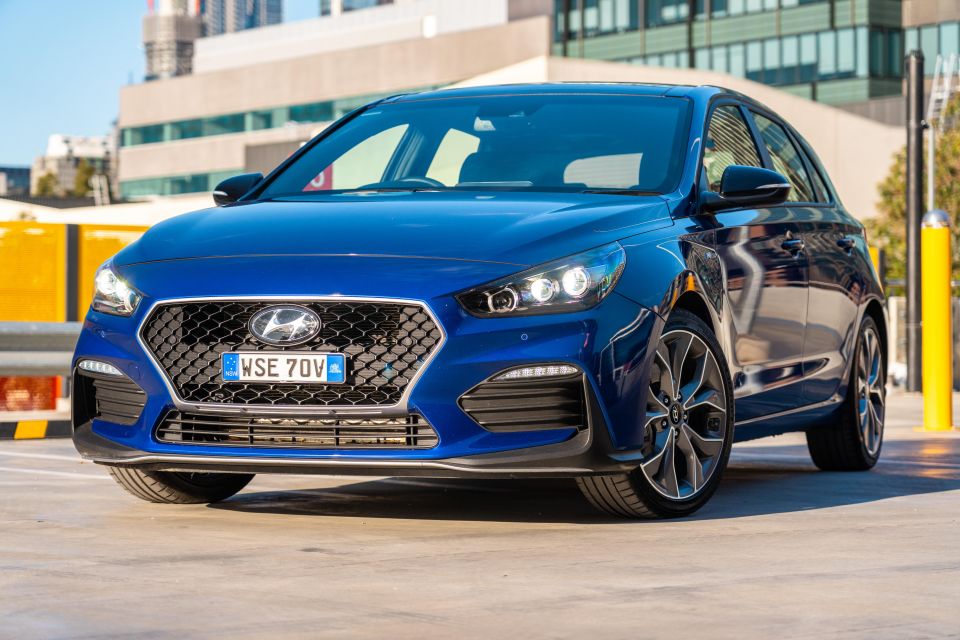
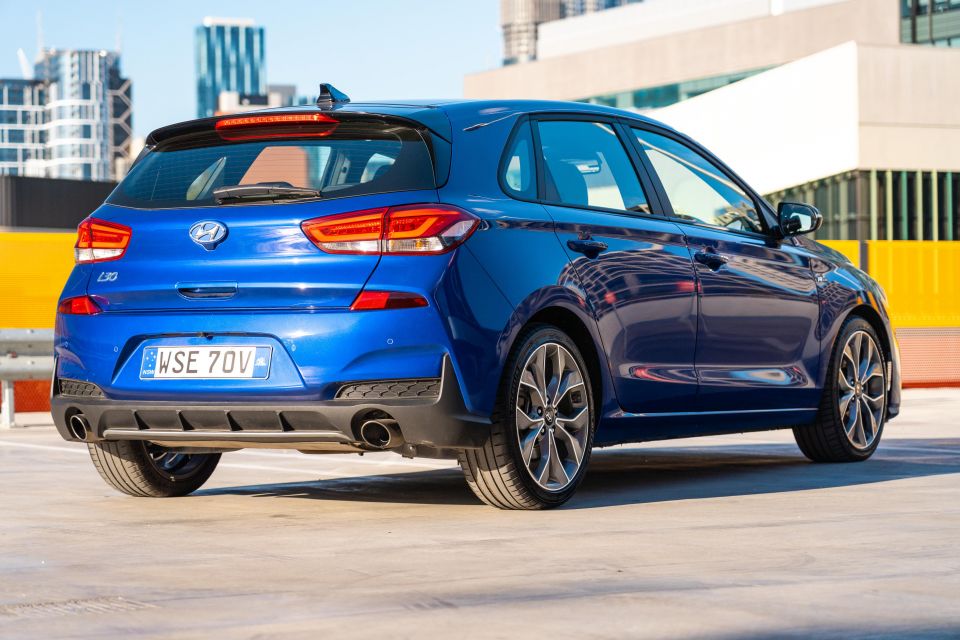
European production would also open us up to the fully refreshed N Line version that never made it to the Korean factory should the factory switch come in the twilight years of the current generation.
Local N Line models get the updated interior currently, but the pre-facelift exterior package.
Key differences include body styling more in line with the i30 Hatch N, sharper LED headlights with angular LED daytime running lights, as well as different alloy wheels.
Non-N Line versions look a lot like the Active and Elite variants of the i30 Hatch currently on sale here, though there is a Premium version in Europe and the UK that offers the same LED lighting as the N Line and N, which local versions currently miss out on.
The facelifted i30 commenced production in Europe around mid-2020, so it could be in line for another update in the coming 12-18 months – the brand’s European CEO recently confirmed the i30, along with the smaller i10 and i20 hatchbacks would get another generation in Europe.
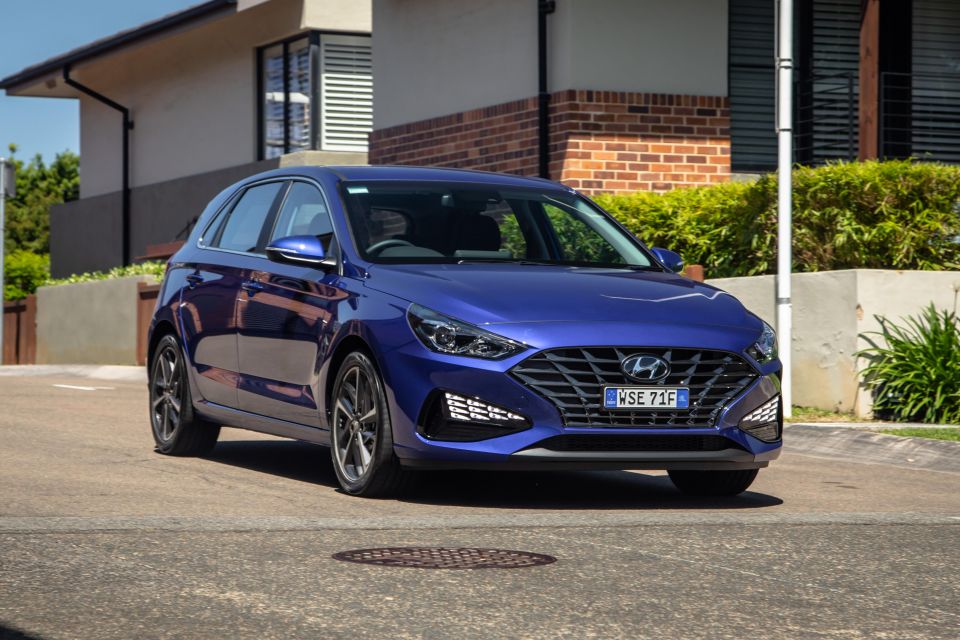
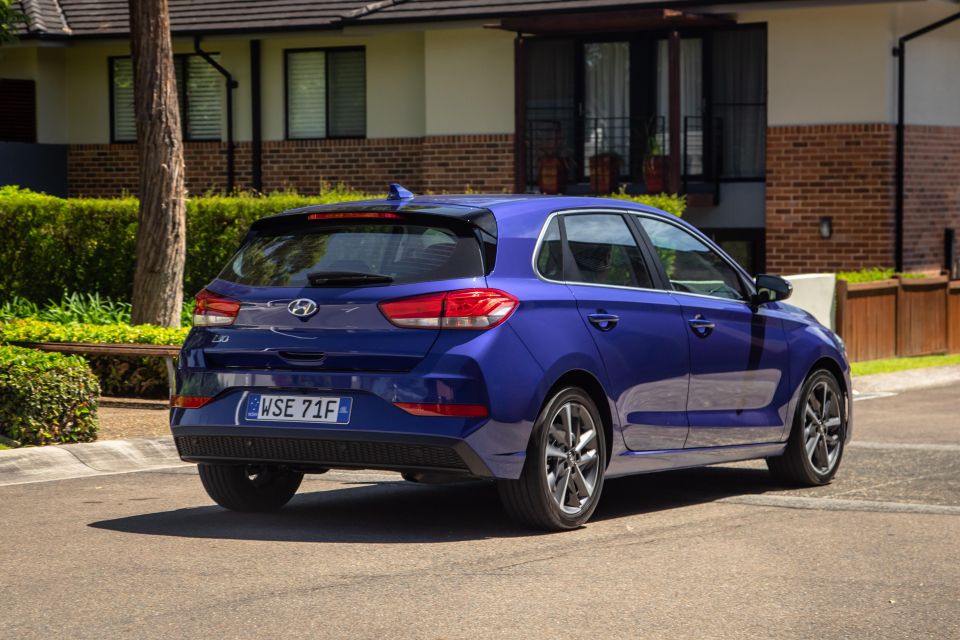
The third-generation Hyundai i30 first went into production in 2016, having been revealed at the Paris motor show of that year.
It’s long been one of Australia’s top-selling passenger models, often duking it out with the Toyota Corolla for top spot.
The i30 range (including i30 Sedan nee Elantra) finished ninth overall in 2022 with 21,166 registrations (down 17.2 per cent).
It was the second best-selling passenger vehicle, behind only the Corolla (25,284 units), and was Hyundai Australia’s top-selling nameplate in 2022 by some margin.
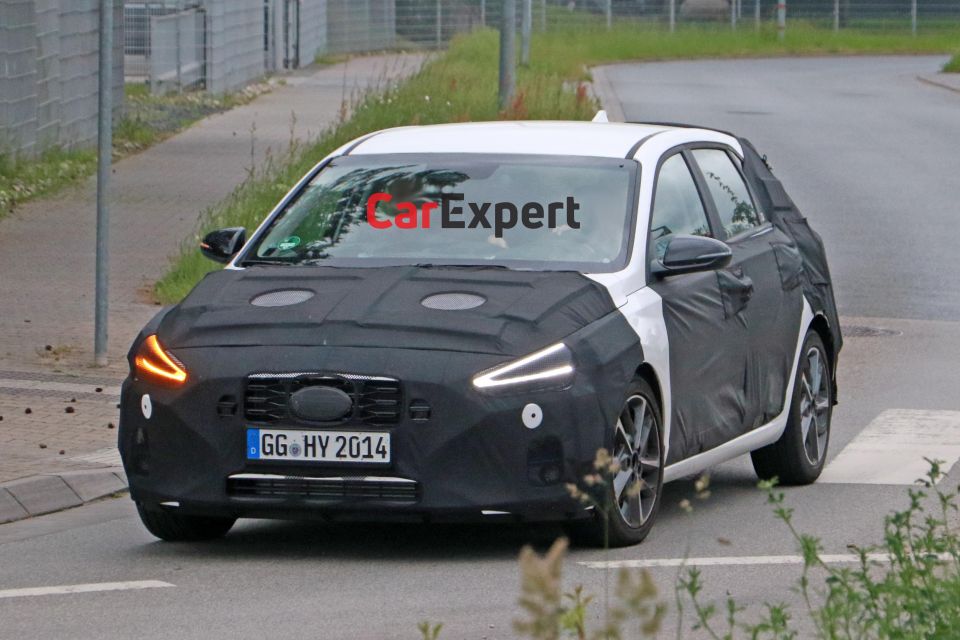
MORE: Everything Hyundai i30
Where expert car reviews meet expert car buying – CarExpert gives you trusted advice, personalised service and real savings on your next new car.
William Stopford is an automotive journalist with a passion for mainstream cars, automotive history and overseas auto markets.


CarExpert.com.au
18 Hours Ago


Max Davies
2 Days Ago


Damion Smy
2 Days Ago


Max Davies
3 Days Ago


Max Davies
5 Days Ago


Damion Smy
6 Days Ago